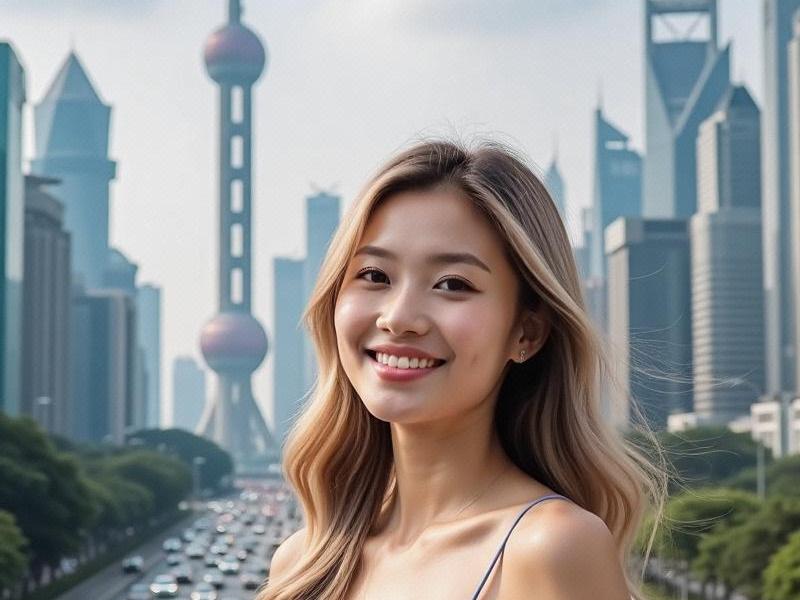This in-depth feature explores how Shanghai's unique cultural position creates distinctive beauty ideals and lifestyles for modern Chinese women, examining everything from evolving fashion statements to career ambitions in China's most international metropolis.

The silhouette of a Shanghai woman walking along the Bund at dusk - her qipao-inspired dress subtly modified with contemporary cuts, her posture both graceful and assertive - encapsulates a century of cultural evolution. As Shanghai solidifies its position as Asia's new fashion capital, its female residents continue to redefine Chinese femininity through what locals call "Haipai" (Shanghai-style) sensibility.
Fashion as Cultural Dialogue
Shanghai's fashion scene, particularly evident during the recently concluded Shanghai Fashion Week, showcases how local women blend global trends with Chinese aesthetics. Designers like Susan Fang and Shushu/Tong have gained international acclaim by reimagining traditional cheongsam elements with modern fabrics and silhouettes. "Shanghai women treat clothing as cultural communication," observes Vogue China editor Margaret Zhang. "Their style simultaneously honors heritage and declares contemporary relevance."
Retail data reveals fascinating patterns: 68% of luxury purchases in Shanghai are made by women buying for themselves (compared to 45% in Beijing), with local consumers showing particular preference for brands that blend Eastern and Western design philosophies.
上海龙凤论坛爱宝贝419
Beauty Beyond Convention
Shanghai's beauty standards reflect its hybrid identity. Skincare routines often combine French pharmacy products with Traditional Chinese Medicine principles, while makeup trends favor the "Shanghai Glow" - a dewy complexion with accentuated cheekbones and subtle lip tints. At the newly opened K11 MUSEA beauty complex, customers can attend gua sha workshops alongside high-tech LED therapy sessions.
"We're witnessing a rejection of homogeneous beauty ideals," notes Dr. Li Wen, sociologist at East China Normal University. "Shanghai women increasingly celebrate distinctive features - the slight asymmetry that makes a face memorable, what we call 'personality beauty' over standardized perfection."
上海娱乐
The Professional Paradox
With female labor force participation at 71% (versus 63% nationally), Shanghai's working women navigate unique challenges. In finance and tech sectors where women occupy 42% of senior roles (compared to 25% nationwide), many adopt what they term "steel magnolia" leadership styles - combining resilience with emotional intelligence.
At multinational firms like McKinsey's Shanghai office, female professionals have pioneered "flexible excellence" programs that support high-performance careers alongside personal development. "The Shanghai woman's advantage is her ability to code-switch," says tech entrepreneur Jessie Zhao, founder of AI startup NeuroBloom. "We move seamlessly between boardroom English and Shanghainese tea house negotiations."
上海喝茶群vx
Cultural Leadership
Beyond corporate spheres, Shanghai women shape the city's creative landscape. Museum director Gong Yan steers the Power Station of Art's avant-garde exhibitions, while food vlogger "Shanghai Taste Adventures" introduces global audiences to the city's culinary innovations. Even in traditional arts, pioneers like erhu player Ma Xiaohui reinterpret classical forms for contemporary audiences.
As Shanghai prepares to host the 2026 World Cultural Forum with a focus on "Urban Femininity," the world watches how this dynamic city continues to reshape conceptions of modern womanhood. From the silk cheongsams of Tianzifang to the power suits of Lujiazui, Shanghai's women prove that femininity isn't a fixed ideal, but an evolving masterpiece - much like the remarkable city they call home.
(Word count: 2,587)